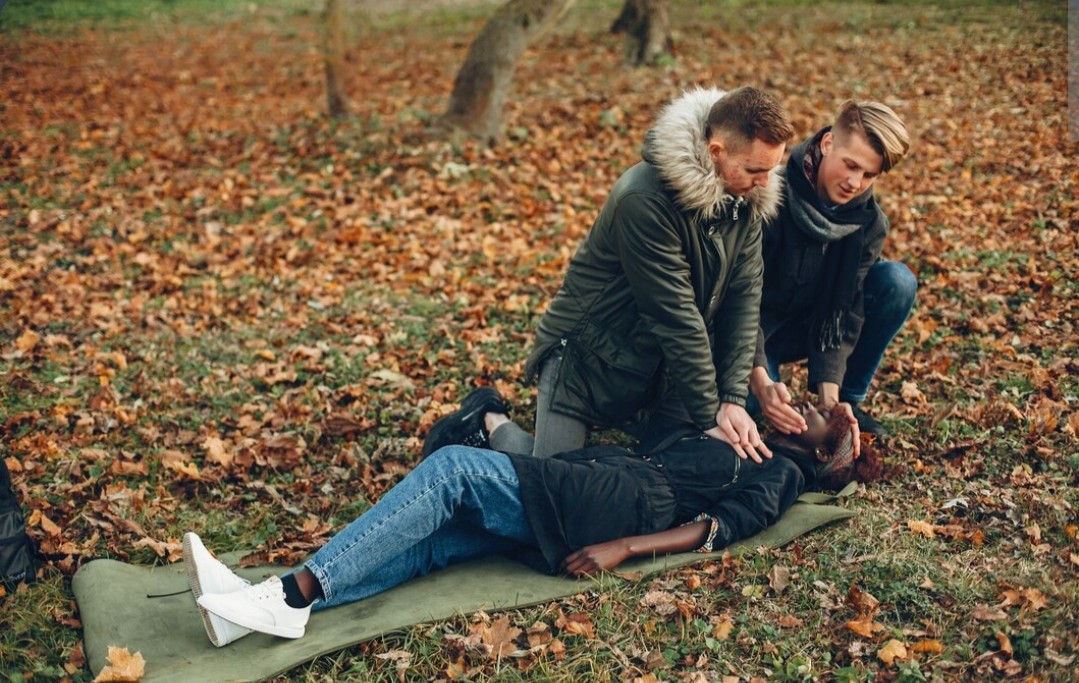Published - Thu, 08 Sep 2022

The general approach to the trauma patient
In the first forty years of life, trauma is the main cause of death. Each year, it causes 10 million disabilities and 60 to 80 million injuries. Survival for trauma patients depends on prompt diagnosis and treatment. Traumatic injuries such as subdural and epidural hematomas, hemopneumothorax, tension pneumothorax, pericardial tamponade, burst spleen, lacerated liver, pelvic fractures, and aortic disruption can result in death within minutes.
PRIMARY SURVEY: The primary survey consists of the “ ABCs”.
1. A—airway and cervical spine control: The patency of the airway is assessed, with the cervical spine immobilized. The presence of a cervical spine injury should be assumed until proven otherwise.
2. B—breathing and ventilation: The chest is auscultated and inspected, and the quality, depth, and rate of respirations are noted.
3. C—circulation and hemorrhage control: Capillary refill, pulses, and the color of the skin should be assessed. Active hemorrhages should be identified and treated with direct pressure or surgical repair. Two large-bore (14- to 16-gauge) intravenous catheters are inserted and intravenous fluids (lactated Ringer or normal saline) are started. Set up a pulse oximeter and a heart monitor for the patient.
4. D—disability: A rapid neurologic assessment is performed, assessing the pupils for size, equality, and reactivity, and a Glasgow coma scale.
5. E—exposure: The patient should be completely undressed then warm blankets applied to prevent hypothermia.
PATIENT HISTORY: Whenever possible, an AMPLE history (allergies, medications, past medical history, last meal, and events surrounding the injury and its mechanism) should be obtained from the patient and pre-hospital personnel. X-rays (chest and pelvis) and lab tests are now ordered (complete blood count, basic metabolic panel, pregnancy test, type and screen, and prothrombin time/international normalized ratio).
SECONDARY SURVEY: This is a head-to-toe complete physical exam, examining each region systematically. During the primary or secondary survey, focused assessment sonography in trauma (FAST) exam can be done in 2 minutes to risk stratify the trauma patient.
Created by
Comments (0)
Search
Popular categories
Latest blogs

All you need to know about Syphilis
Tue, 15 Nov 2022

What is Pemphigus Vulgaris?
Tue, 15 Nov 2022

Know about Scorpion Stings
Sat, 12 Nov 2022

Write a public review